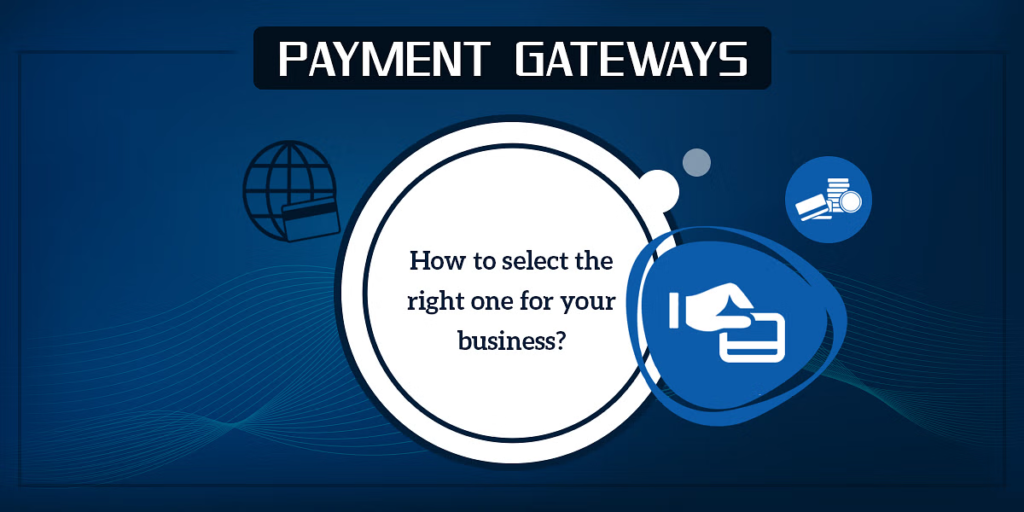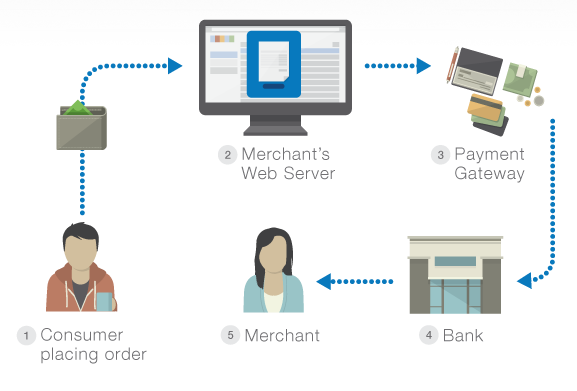AUTHOR : SARIKA PATHAK
DATE : 26 / 10 /2023
In today’s digital age, businesses are constantly seeking ways to enhance their online presence[1] and streamline customer experiences[2]. One essential aspect of this process is payment integration[3]. In this article, we will delve into the world of payment integration[4] in Django, an open-source web framework for Python. We will explore how Django can be used to simplify and secure online transactions, providing[5] a seamless experience for both businesses and customers.
Introduction
Payment integration is the backbone of e-commerce and online services, allowing businesses to accept payments securely and efficiently. In the realm of web development, Django stands out as a reliable framework for building web applications, making it an excellent choice for payment integration.
Understanding Payment Integration
The Importance of Payment Integration
Payment integration is crucial for businesses, as it directly affects revenue and customer satisfaction. A smooth and secure payment process ensures that customers complete their transactions without any hindrances, resulting in increased sales and trust in the business.
Django: A Robust Web Framework
Django, known for its simplicity and versatility, provides a strong foundation for building web applications. Its robust features and well-organized structure make it an ideal choice for implementing payment systems.

Choosing the Right Payment Gateway
Factors to Consider
Choosing the right payment gateway[1] is a pivotal and decisive choice in the process of payment integration.Factors such as transaction fees, supported payment methods, and security features must be carefully evaluated.
Popular Payment Gateways
We’ll explore some of the popular payment gateways compatible with Django, including Stripe, PayPal, and Square.
Setting Up Django for Payment Integration
Installing Django
Before diving into payment integration, it’s essential to have Django installed. We’ll guide you through the process.
Creating a Django Project
Learn how to create a Django project that will serve as the foundation for your payment integration.
Integrating Payment Gateway with Django
Installation of Payment Gateway Library
We’ll walk you through the installation of a payment gateway library and discuss its significance in the integration process.
Configuration and Setup
Configuring your Django project to work [2]seamlessly with the chosen payment gateway is a crucial step in the integration process.
Handling Transactions
Customer Data and Security
The security of customer data is paramount. Discover the best practices for ensuring the protection of sensitive information.
Processing Payments
Understand the payment processing flow within Django and how transactions are handled.
Testing and Debugging
Testing Environments
Learn how to create testing environments to ensure that your payment integration works flawlessly.
Debugging and Troubleshooting
Discover common issues in payment integration [3]and how to troubleshoot them effectively.
User Experience
Customizing Payment Forms
Tailoring payment forms to match your website’s design can enhance the user experience.
Handling Errors Gracefully
Find out how to manage errors and also provide users with clear instructions in case something goes wrong during the payment process.
Security Measures
Data Encryption
Explore the importance of data encryption in payment integration to protect sensitive information.
Adhering to the standards set by the Payment Card Industry Data Security Standards (PCI DSS) is a vital aspect of maintaining data security in payment processing.
Understanding and complying with PCI DSS is essential for any business handling cardholder data.
Scaling Your Payment System
Handling Increased Traffic
As your business grows, learn how to scale your payment system [4]to handle increased traffic without hiccups.
Load Balancing
Implement load balancing strategies to distribute traffic efficiently and also improve system reliability.
Mobile Integration
Making Payments Mobile-Friendly
In today’s mobile-centric world, we’ll discuss the importance of mobile-friendly payment solutions.
Mobile Payment SDKs
Explore software development kits (SDKs) that simplify mobile payment integration with Django.
International Payments
Dealing with Multiple Currencies
For businesses with a global presence, managing multiple currencies is a common challenge.
Cross-Border Transactions
Learn how to facilitate cross-border transactions and expand also your customer base.
Analyzing Payment Data
Extracting Insights
Unlock the potential of payment data by extracting valuable insights that can drive business decisions.
Reporting and also Analytics
Discover tools and also methods for reporting and analyzing payment data effectively.
Case Studies
Real-World Examples
We’ll present real-world case studies to illustrate successful payment integration in Django.

Success Stories
Explore success stories of businesses that have significantly benefited from Django’s payment integration capabilities.
Conclusion
In conclusion, payment integration in Django offers a secure, efficient, and also user-friendly solution for businesses looking to simplify online transactions. With the right payment gateway and best practices in place, you can provide a seamless payment experience for your customers, boosting your revenue and reputation.
FAQs
- What is a payment gateway, and why is it important for Django developers?
- A payment gateway is a technology that facilitates the transfer of payment information from a customer to a merchant’s acquiring bank. It plays a crucial role in the online payment process, ensuring that customer transactions are secure and also reliable. For Django developers, integrating a payment gateway is essential as it enables their web applications to accept payments seamlessly, thereby enhancing the user experience and also revenue generation.
- How can I choose the right payment gateway for my Django project?
- Selecting the right payment gateway involves considering several factors. You should evaluate transaction fees, supported payment methods (credit cards, digital wallets, etc.), the gateway’s compatibility with Django, security features, and also the level of technical support provided. Careful consideration of these elements will help you choose a payment gateway that aligns with your business needs and also customer expectations.
- What are the key security measures to consider when integrating payments in Django?
- Security is paramount in payment integration. To protect sensitive customer data, you must implement data encryption to safeguard information during transmission. secure environment for transactions.
- Can Django handle international payments and also multiple currencies?
- Yes, Django is versatile and also can handle international payments and multiple currencies. Businesses with a global reach can use Django’s features to adapt to different currencies and also manage cross-border transactions effectively. By implementing appropriate plugins and configurations, Django can seamlessly process payments in various currencies, expanding your customer base.
- What are the benefits of using Django for mobile payment integration?
- Django offers various benefits for mobile payment integration. It provides a solid foundation for creating responsive and mobile-friendly payment forms





